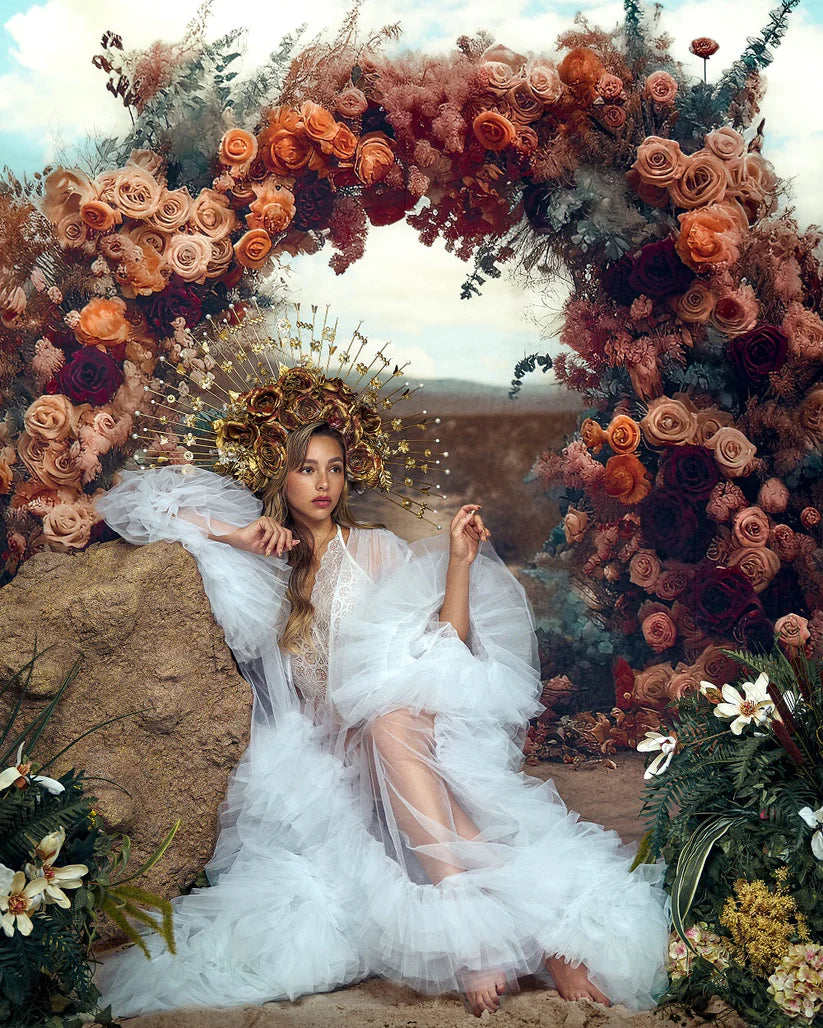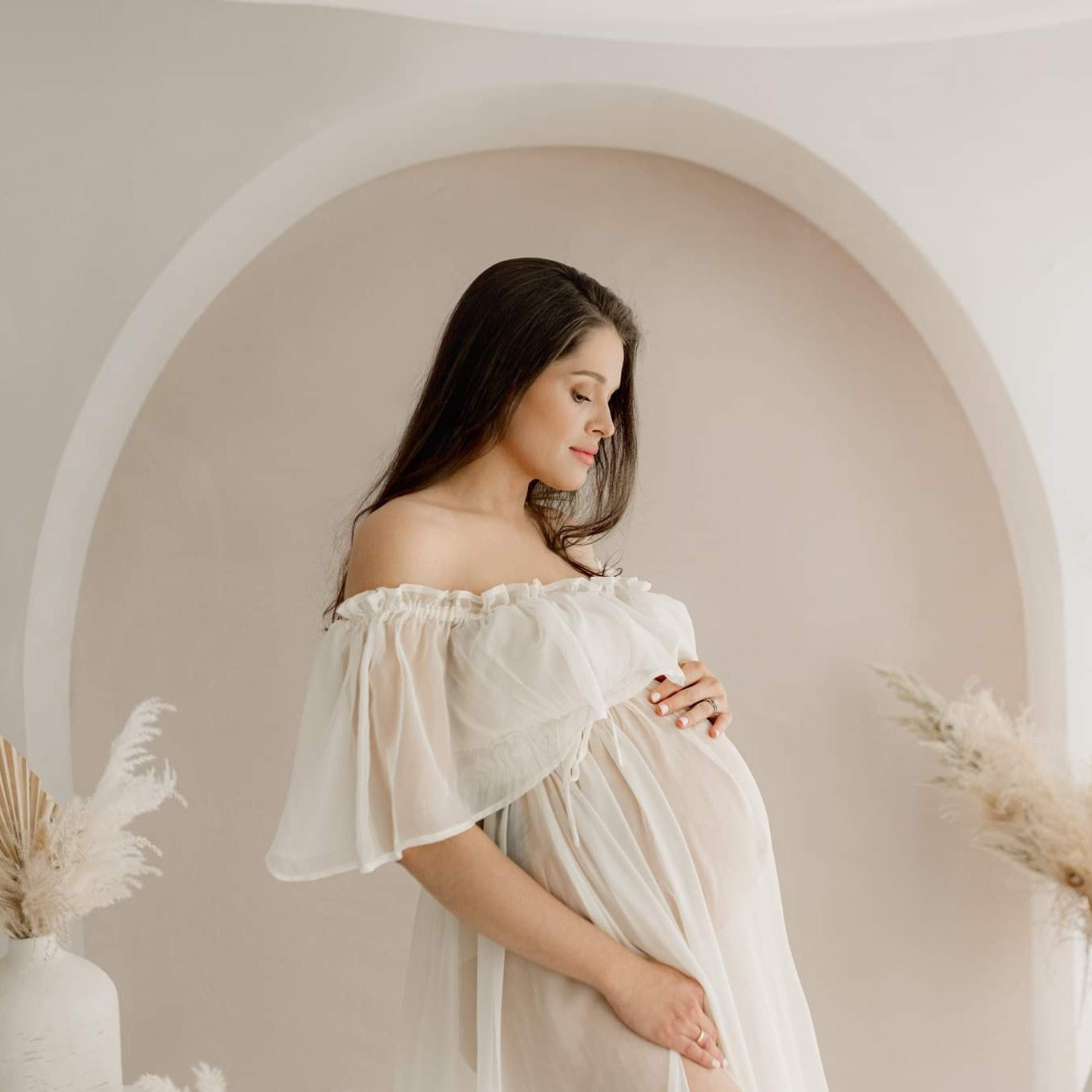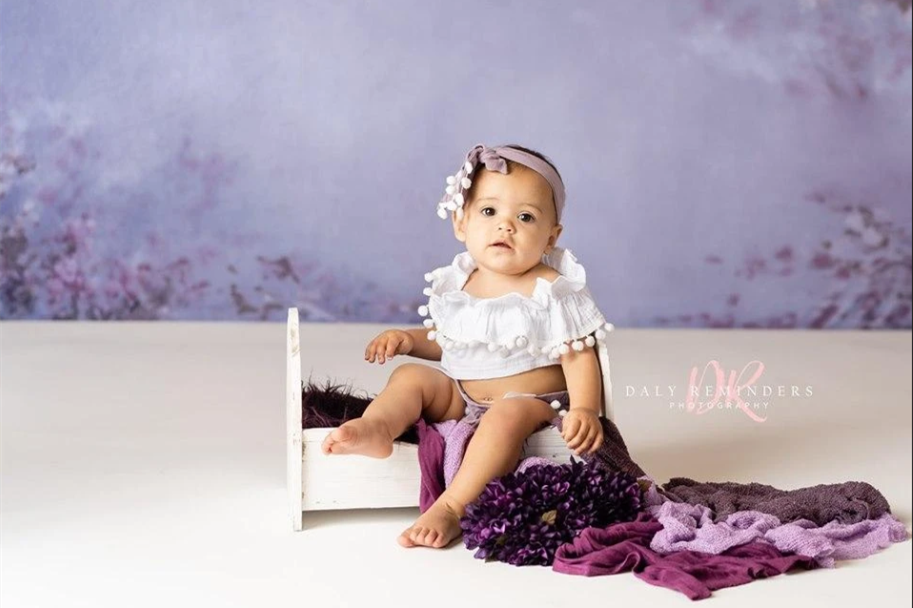27 DEC,2019 | by Yu Chen hao

It seems easy to take food photography, for the subjects are always readily available in the restaurants and kitchens. However, taking a perfect food photo is never an easy task.
Food photography is a kind of communication with food. You can enjoy delicious food through your eyes. Food photography offers a huge amount of creative possibilities, with no shortage of attractive, varied and colorful subject matter. To take good food photography you' ll need a good understanding of theories and techniques involved, and you also need to apply them to practice. Taking a food photo is often more complicated than it looks.
Here are 6 tips for your food photography.
- Do Not Overfill The Frame
A gourmet restaurant is well versed that a delicate plate presentation can make meals look more appetizing, meaning that never overfill the dish. Negative space in photography can bring about an elegant visual effect. Such negative space, while remaining passive, strongly draws the viewer’s attention on what you mainly express and thus effectively influences users’ perception of the overall picture and can evoke emotions effectively.
- Search for Color Contrast
The application of complementary colors is an important aspect of aesthetically pleasing art and photography. The contrast of complementary colors results in a point of focus in the frame and creates a vibrant look of food. Minimalism is an often-used photography style in food photography, like a solid-color background used to highlight the color of food as an example. Dark-colored food will look more dynamic and more visually attractive against a light-colored backdrop.
- Choose Proper Dishes
Dishes or cutleries themselves are also the structural elements of a food picture. But never forget what is the main character of your photo. Too exquisite dishes will minimize the visual impact of food. Like solid color backgrounds, solid color dishes can emphasize your subject in the same way.
- Composition
The main purpose of composition is to draw the viewer into your subject, and the composition attaches great importance to food photography. The way you arrange food according to your elaborate plan will impact your works eventually, so the position of each element in your frame should be carefully considered. Only arranging your food in a neat or a one-of-a-kind but the correct way can create visual interest and balanced composition.
- Natural Light is Helpful
If you are a beginner of a food photographer, or just want to capture the moment of just being served, professional lighting setups always seem to be complex and easy to make mistake. Light is the key to creating delicate food photos. While professional artificial lighting is better but meaning hard control of shadows and light intensity. Daylight provides a more neutral colored light, which shows the natural beauty of your subject.
Remember, do not shoot in direct sunlight. Find a soft, diffused natural light or a space of moderate light.
- Shoot From The Best Angle
Shooting from above is a frequently-used choice, which allows you to include all the details on the table with the background, provide a wealth of information, create a more ingenious arrangement to present a strong and interesting composition. You can also choose to shoot from one side to show details of a slice of a sandwich, a Wellington Steak, etc. Try shooting diagonally, or try shooting from several different perspectives, you will always find a fantastic image if you make a slight change in shooting angle.
Looking for more food photography inspiration? Check out our backdrop collection and please feel free to contact us by e-mail us: support@katebackdrop.com You can also receive free articles, updates as well as discounts information from our site:www.katebackdrop.com
and our FB group.

 Custom Printed Fabric Backdrops
Custom Printed Fabric Backdrops Custom Rubber Floor Mats
Custom Rubber Floor Mats Custom Collapsible Backdrops(double-sided)
Custom Collapsible Backdrops(double-sided) Custom Hand Painted Canvas Backdrops
Custom Hand Painted Canvas Backdrops Custom Rubber Round Coaster
Custom Rubber Round Coaster Custom Vinyl Backdrops
Custom Vinyl Backdrops Custom Fleece Backdrops
Custom Fleece Backdrops Pink
Pink






